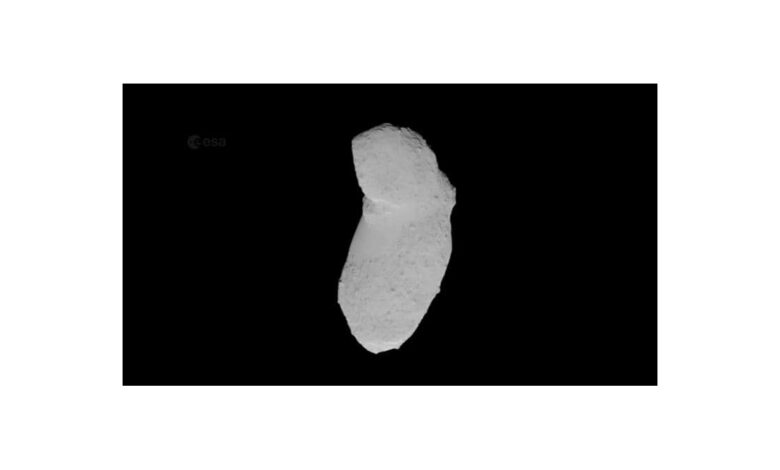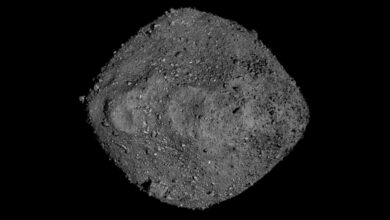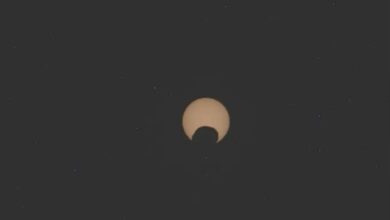Apophis asteroid may detect landslides and tremors during its flyby of Earth in 2029

In April 2029, asteroid Apophis will pass exceptionally close to Earth – just 20,000 miles (32,000 kilometers) away, closer than many satellites. According to a recent study, the encounter could cause significant physical changes on the asteroid’s surface due to Earth’s gravity, potentially causing landslides and tremors. Apophis, a 340-meter-long, peanut-shaped asteroid named after the ancient Egyptian deity associated with chaos, is not expected to impact Earth. However, this flyby could provide scientists with a unique opportunity to observe how gravitational forces affect small celestial bodies.
New insights into surface changes
The study, currently available on the arXiv preprint databasehas been accepted for publication in The Planetary Science Journal. Asteroid scientist Ronald-Louis Ballouz of the Johns Hopkins University Applied Physics Laboratory and his team ran computational simulations of Apophis to predict the changes that Earth’s gravity could cause. Ballouz notes that while meteoroids continually pass through asteroid surfaces in space, close encounters with planets can also change an asteroid’s appearance. Earth’s gravity is expected to disturb Apophis’ surface by causing tremors, lifting rocks and creating visible patterns.
Predicted surface slides and landslides
The team’s models suggest that Apophis will experience surface tremors starting an hour before its closest approach to Earth, potentially loosening boulders. Although Apophis’ own gravity is weak, this gravitational “shaking” can briefly lift rocks before they fall back, creating new surface features. Additionally, Apophis’ irregular rotation, or “tumbling,” can speed up or slow down due to Earth’s gravity. These shifts in tumbling can further destabilize rocks over time, potentially leading to gradual landslides that will shape the asteroid’s surface over tens of thousands of years.
Future observations with NASA’s OSIRIS-APEX mission
Scientists hope to verify these findings when NASA’s OSIRIS-APEX spacecraft studies Apophis in 2029. OSIRIS-APEX is a repurposed mission from its previous mission to the asteroid Bennu and will investigate the chemical composition and surface features of Apophis over an 18-month mission. This research could help resolve long-standing questions about how gravitational encounters renew asteroid surfaces, providing new insights into asteroid dynamics and planetary formation processes.




